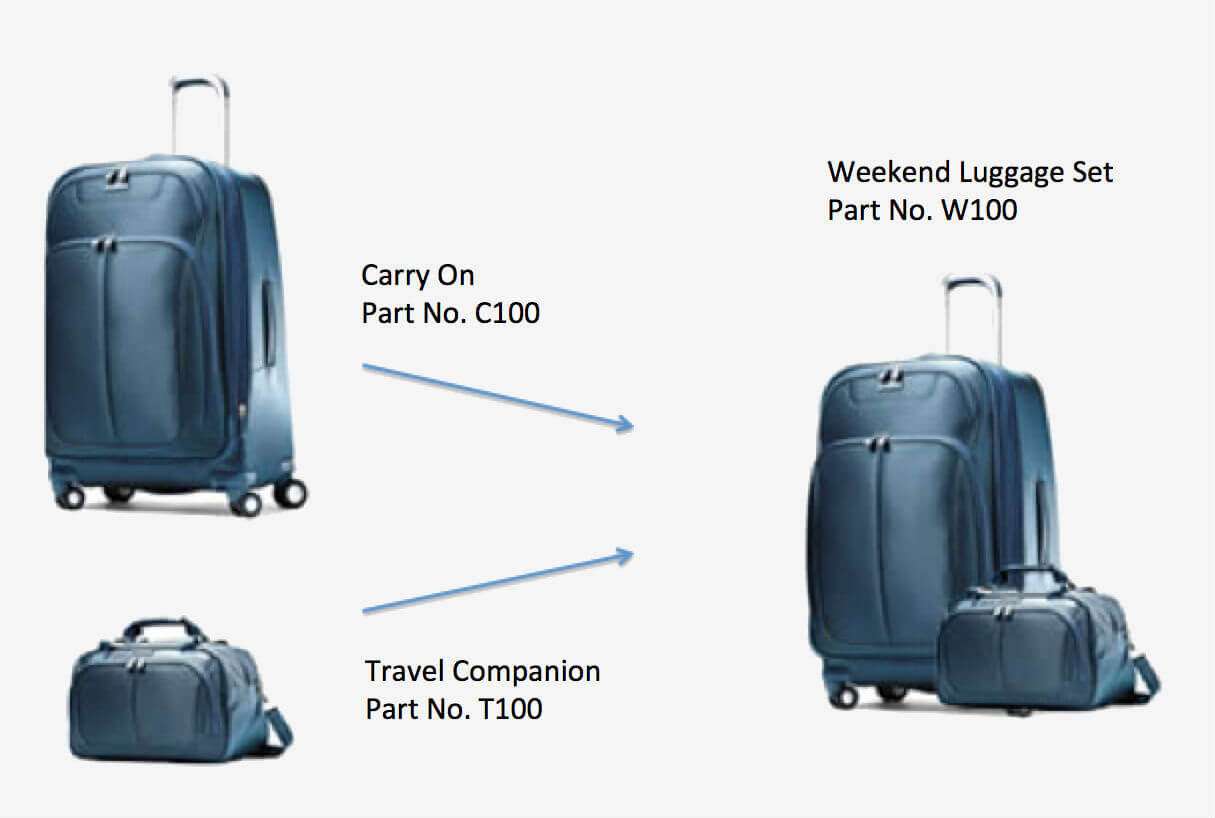Creating a Kit
This tutorial video demonstrates how to process of creating a kit within Finale. Kits are created using kitting, an assembly process in which separate but related items are grouped, packaged and supplied together as one unit. Click here to learn more about the kitting process within Finale.

Additionally, the tutorial gives a demonstration how to leverage kits with the ShipStation integration or any the shopping cart /marketplace integrations and illustrates how component inventory levels are impacted when a kit is sold on external marketplaces (e.g. Amazon or eBay).
Example Video of Creating a Kit
The tutorial video illustrates the necessary steps to create a kit.
Video Transcription
Hi. This is Chinh from Finale Inventory, and today I’m going to show you how the process of creating a kit within Finale. And also, I’m going to show you when you sell that kit on an external marketplace like eBay or Amazon, using our ShipStation immigration, I’m going to show you when those products are sold on those marketplaces, how the inventory roles are impacted within Finale.
The first thing we’re going to do is essentially create our kit. And in this example, I’ve already created two child products, and it’s basically bottles of lavender shampoo and bottles of lavender conditioner. As you see here, there’s ten bottles of each. So, what we’re going to do is essentially create a new product, that’s the parent product. And I’m just going to name this the Lavender Shampoo Conditioner Bundle, just to be very plain vanilla, in terms of my description.
And in the product details page, when we added this new section at the very bottom called the Bill of Materials. And what the Bill of Materials is essentially listing the recipe, you know, what the kit is composed of. So, how you create the Bill of Materials, essentially add a line, and you add the product. In this case, it’s the first product that’s contained in this kit, you know, one bottle of lavender shampoo. And now, we’re going to add the conditioner. And that’s it.
After you create it, scroll up and just hit Save, and now we’ve finished the process of creating a kit. Let’s just go back to the view stock to make sure it’s entered correctly. And here we are. So, we have ten bottles of shampoo, ten bottles of conditioner, and we have zero bottles of the bundle, of the kit, if you will. And we’ll see what happens when we sell that kit on eBay or Amazon.
So, let’s go to ShipStation and I went ahead and created a demo test order. But, let’s see what’s in that test order, so that way we can see the illustration. In this demo order, essentially we have bought three of the kits. You know. So basically, each kit consists of one shampoo bottle and one conditioner bottle, and we decided just to buy three kits since it was such a great deal. So, if we go back to Finale Inventory, and go back to the ShipStation module by going to Adds on Integrations, in ShipStation, we should see the order. And there we go.
So, let’s sync that order. So, when we sync the order, that shipped order is coming down to Finale. And what we should see if we go to View Stock, since we bought three of the kits, we should see the inventory decrement. And there we go. So, for lavender shampoo and conditioner, if you remember, we bought three kits and each kit consists of one bottle of shampoo and one bottle of conditioner. You see the inventory got updated from ten to seven for each.
So, in this example, we learn how to create a kit, but also we went through an example of when that kit is sold on an external marketplace like eBay and Amazon, how the components of the kit or the child products inventory levels are impacted. So, if you have any questions about kitting or the ShipStation integration in general, feel free to email us at [email protected]. Again, it’s [email protected]. And we’ll be happy to help and answer any questions that you may have. Thank you.
(Videos: See complete list of available videos)

